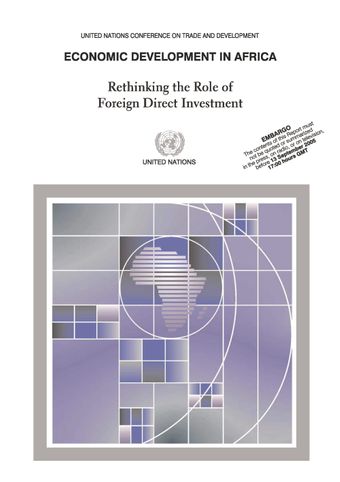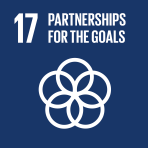Introduction

- Author: United Nations Conference on Trade and Development
- Main Title: Economic Development in Africa 2005 , pp 1-3
- Publication Date: November 2005
- DOI: https://doi.org/10.18356/0f695e18-en
- Language: English French
- Previous Chapter
- Table of Contents
- Next Chapter
In the face of inadequate resources to finance long-term development in Africa and with poverty reduction and other Millennium Development Goals (MDGs) looking increasingly difficult to achieve by 2015, attracting foreign direct investment (FDI) has assumed a prominent place in the strategies of economic renewal being advocated by policy makers at the national, regional and international levels. The experience of a small number of fast-growing East Asian newly industrialized economies (NIEs), and recently China, has strengthened the belief that attracting FDI is key to bridging the resource gap of low-income countries and avoiding further build-up of debt while directly tackling the causes of poverty. Since the Asian crisis, while on the one hand a more cautionary note has been sounded about premature financial liberalization, on the other hand calls for an accelerated pace of opening up to FDI have intensified, on the assumption that this will bring not only more stable capital inflows but also greater technological know-how, higher-paying jobs, entrepreneurial and workplace skills, and new export opportunities (Prasad et al., 2003).
-
From This Site
/content/books/9789211556391c003dcterms_title,dcterms_subject,pub_keyword-contentType:Journal -contentType:Contributor -contentType:Concept -contentType:Institution105



